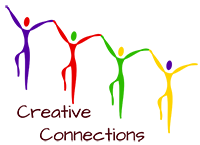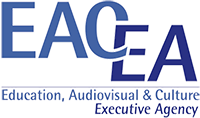Institut Vicenç Plantada (Secondary School) - Spain
Region: Mollet del Vallès, Catalonia
Other schools in the Quad Blog: Oulun Suomalaisen Yhteiskoulun Lukio (Finland), Escola de A Ver-o-Mar (Portugal), Gymnazium Na Zatlance (Czech)
Creative Connections project: Exploring the Connected Gallery
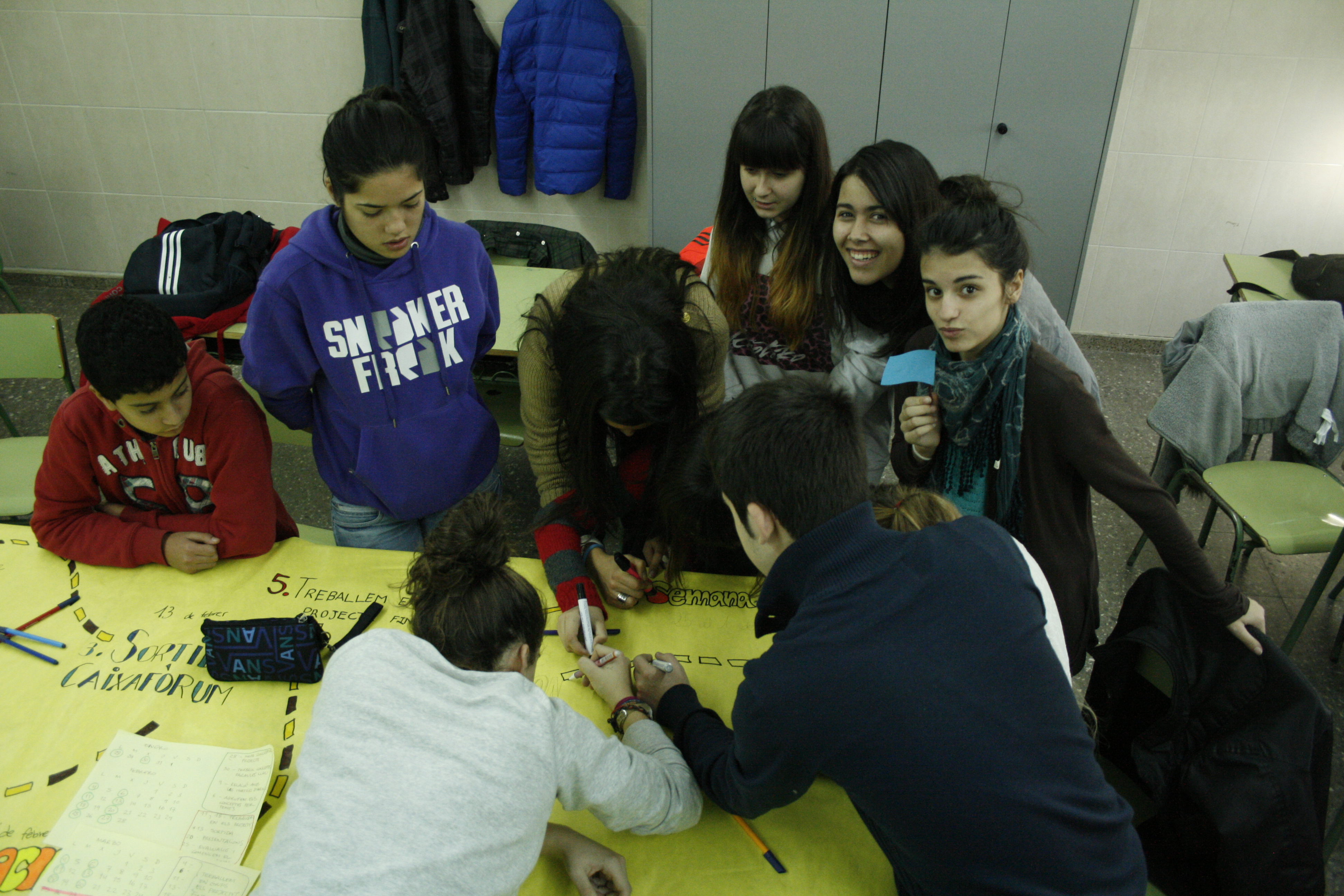
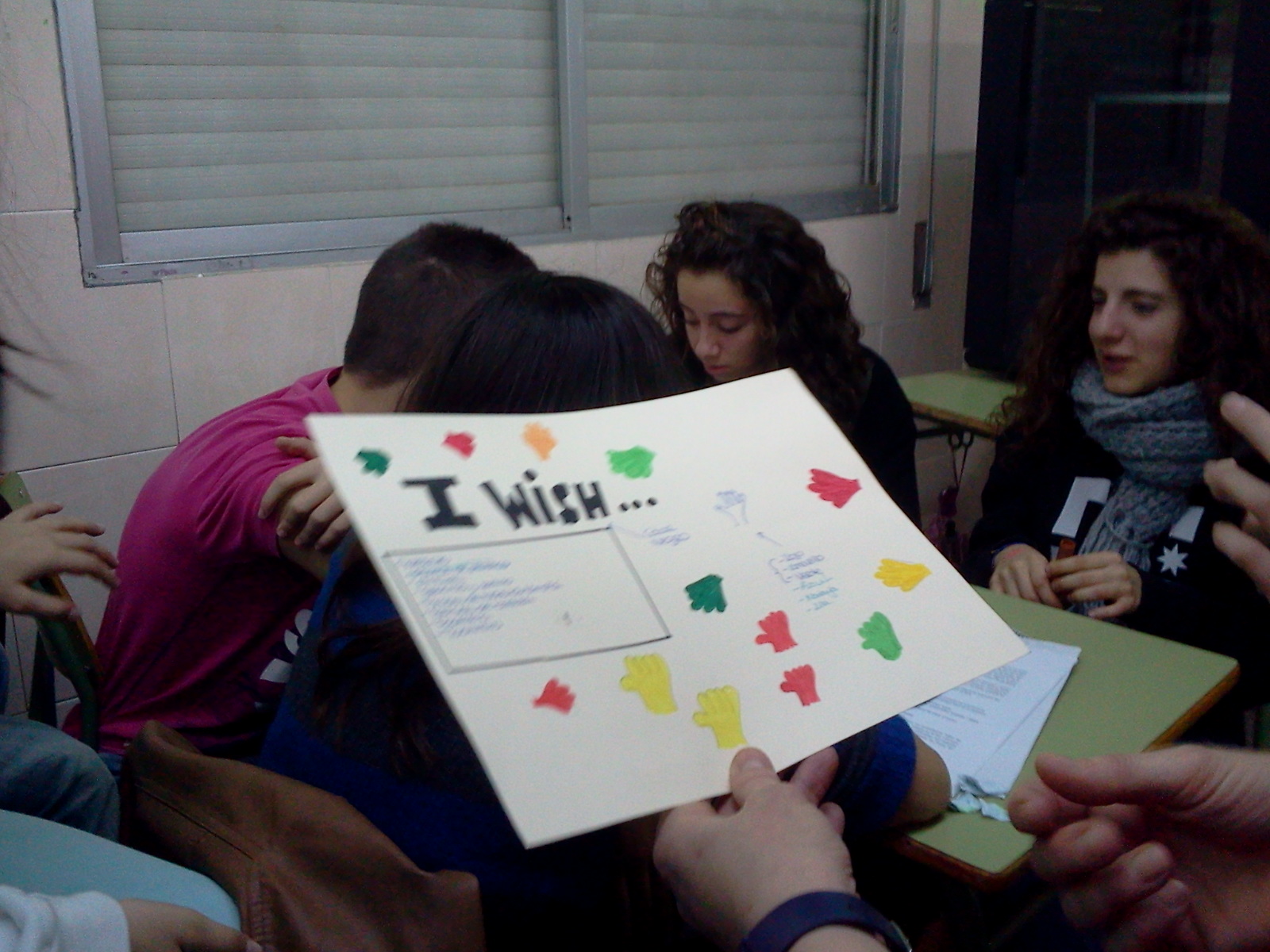
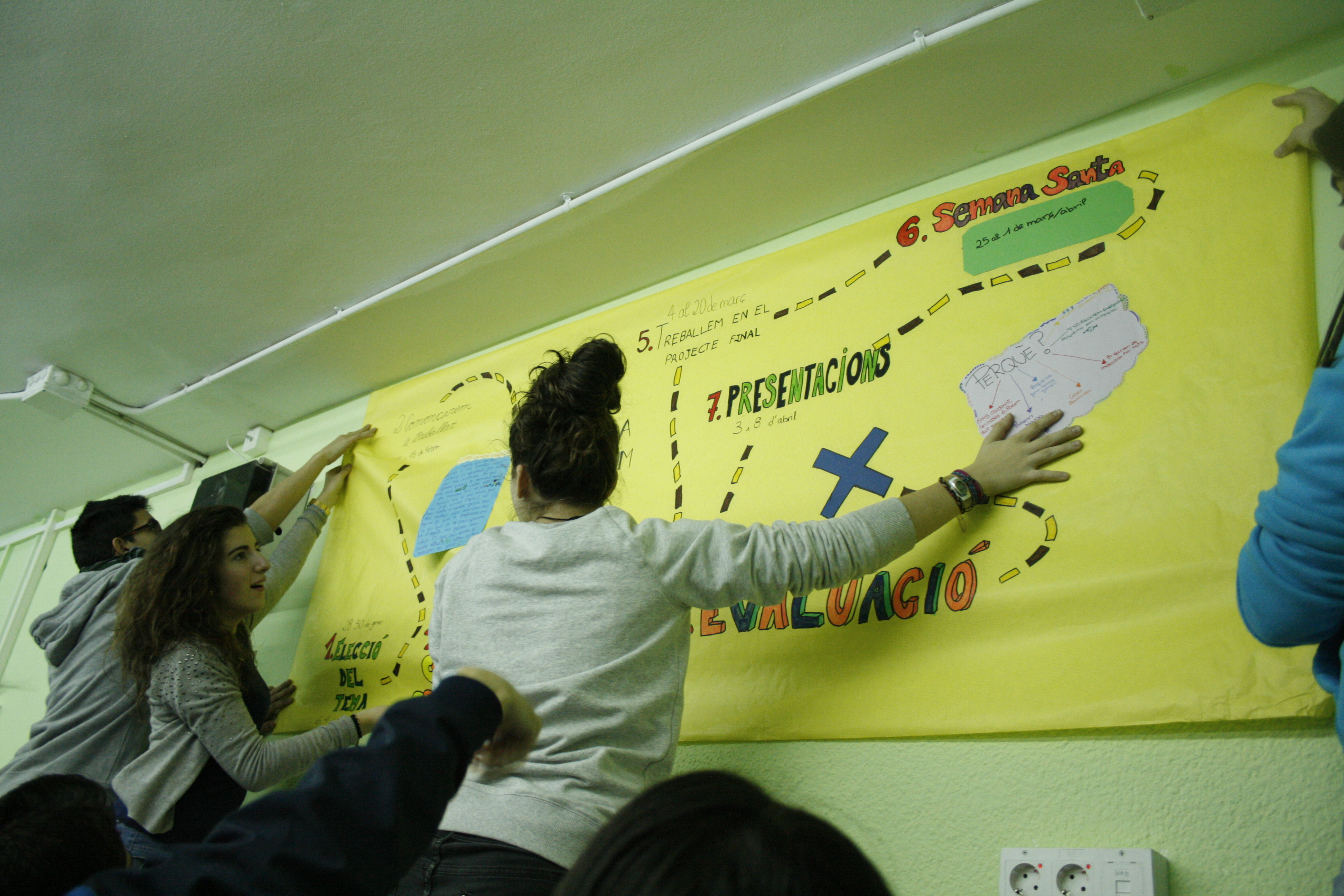
Vicenç Plantada Student working together.
Context
The Secondary School is in Mollet del Vallès, a city located 30 km from Barcelona. The city has 52,242 inhabitants. Mollet del Vallès is a city that belongs to the region of Eastern Vallès from Catalonia. The school originates from 1974 and developed from the concerns of families and local authorities for the city to have its own school, before then, anyone who wanted to study had to move to Granollers, a nearby town. In 1976 a secondary school opened, which later became the Institut Vicenç Plantada.
The educational offer of the centre covers the four lines of: Secondary Education, Bachillerato (A-levels) (Humanities and Social Sciences and Science and Technology), Intermediate Vocational training (Trade and Conduction Physical and sport activities in the Natural Environment) and Advance Vocational training Cycles (Sales & Marketing Management & Animation Physical Activity and Sport). The school also has one Newcomers programme and a Special Need Support Unit.
Participants
In the Institut Vincenç Plantada, the Creative Connections project was developed by the students of 3C (30 students: 17 girls and 13 boys, all 15 years of age) with the collaboration of their Professor and a student in the Masters’ programme of Art and Education: a constructionist approach of the University of Barcelona.
The Process
The Creative Connections project was developed within the Visual Education and Plastic subject area which was taught for two hours a week. From September 2012 the Professor started to gather together a project team of researchers and teachers from all the schools involved in the project. The aim was to plan how to work with each school according to their specific needs and their context. The project work with the students was conducted from December 2012 to June 2013.
When starting the project, the group tried to generate a dialogue by exploring the Art Database and by finding a common theme to work with. All initial activities were aimed at the students reflecting on what they wanted to explore and discover and what topics interested them. The students generated a brainstorm about who they are and what Europe meant to them. However, these initial tasks were not very profitable due to the dynamics generated in the groups, and students felt lost in relation to what was asked of them.
Then, with the idea of bringing the students to contemporary art, and to change the dynamics of work, the students visited the exhibition "Qué desear? (What to wish?)". During the visit they reflected and observed three works in the exhibition, and finally decided to work with the one called "Eu desejo tu desejo" (I wish your wish) by Rivane Neuenschwander, a Brazilian artist. For more information, visit the web
The artist had made a collective work, where she collected the wishes of people and made them public in her work by writing them down on a colourful band of ribbon. Each visitor interacted with the exhibition by taking one of the bands of ribbon that can be worn as a bracelet. This visit led the class to create a "space of desires" in school. The result of this reflection was a project carried out in May with the participation of all members of the Institute. This was also a mural with the key words "I WISH." Participants could print his/her hand and request a wish as a ritual. To prepare this collective work it was organized into working committees and presented to a management team.
Subsequent to the preparation of this action, the students continued working on the list of concepts proposed from the Art Database the Creative Connections project.
The first task was done in groups of two students, making a series of concept maps on one of the concepts proposed on the Creative Connections website (about citizenship). The students created a series of connections between the Creative Connections concepts and issues related to them; adding drawings or photographs. From these maps the most frequent and most interesting concepts of the whole group were shared, with the idea of finding two or three general topics that could summarise the group’s ideas. The topics that emerged, in order of importance and popularity, were:
- Physical Body / Appearance
- Daily life / customs
- Gender and sex / stereotypes
- Traditions/ religion and symbols.
This activity led to small group and individual work that today are on the Creative Connections website and are made into videos and photographs.
Achievement
At the beginning of the project the group travelled through several problems of coexistence between the teacher and the students, there was some resistance and the students found it not easy to work without a clear idea of the end product, but through the constant search and realisation of different artistic activities the group managed to generate contemporary art that spoke about issues already mentioned.
Unfortunately, the interaction of students with other European schools in their blog was low, due to lack of time and because the production process of their work meant they had to have a consensus between the teacher and students. But in the end they were able to create different artworks and were very satisfied with the results despite the difficulties.
